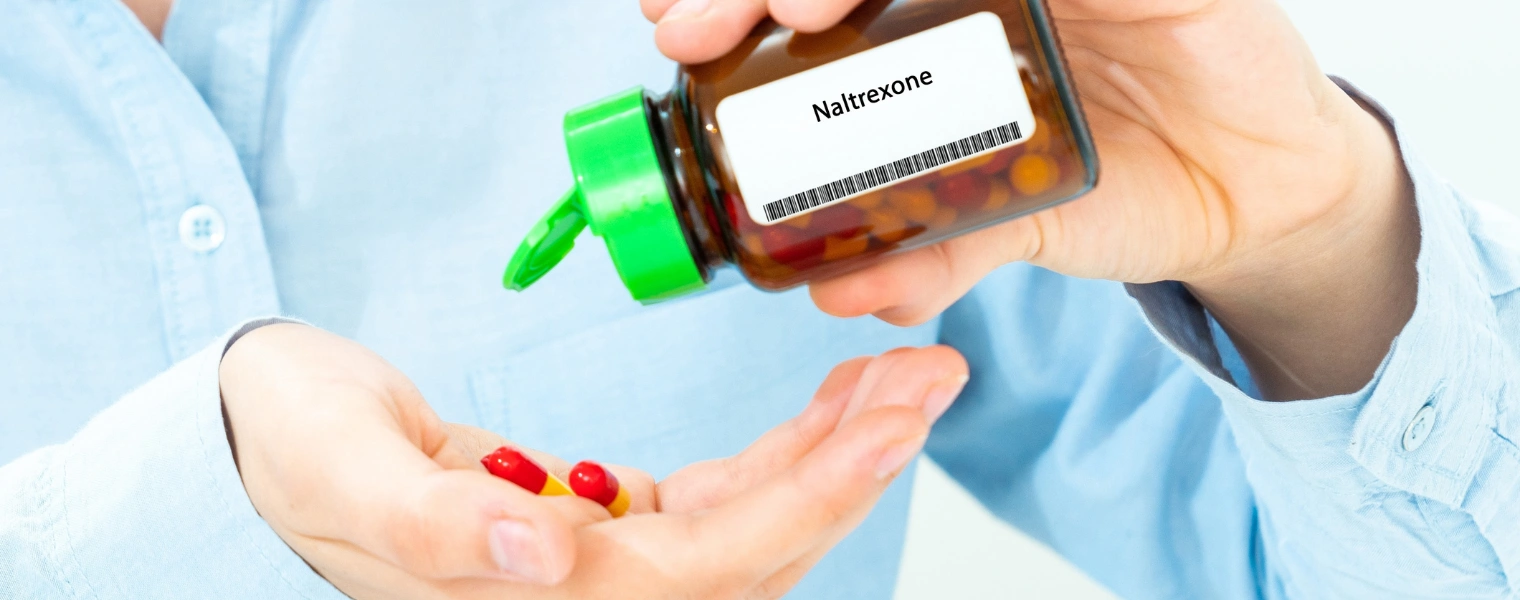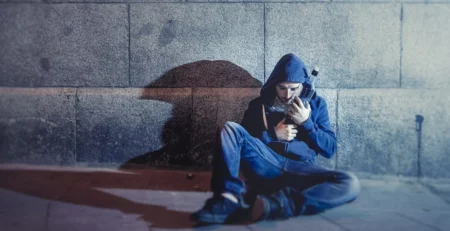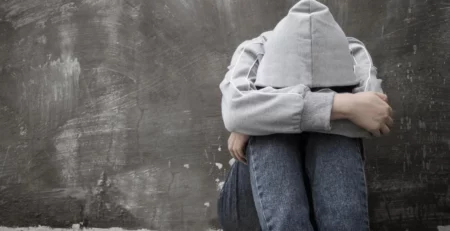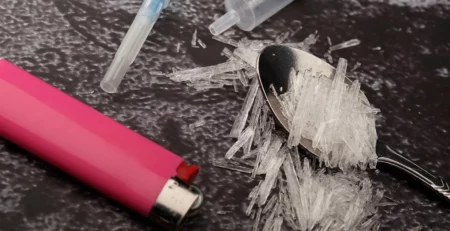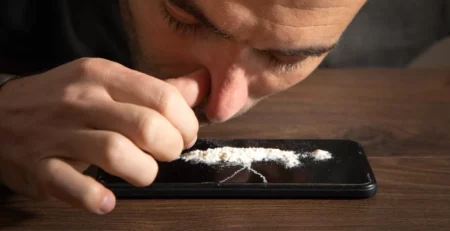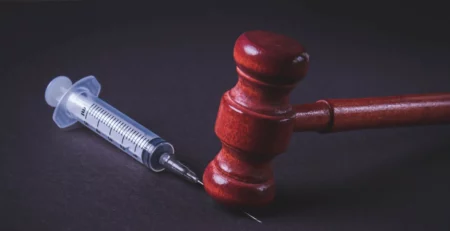What to Avoid When Taking Low-Dose Naltrexone
Know the Interactions And Side Effects of Taking Low-Dose Naltrexone
More doctors have patients starting low-dose Naltrexone for off-label treatment regimens. While most people know that full-dose Naltrexone (50 mg/day) can help minimize opioid withdrawal symptoms, the public usually doesn’t know about the value of low-dose Naltrexone (1-5 mg/day).
But, like all medications, you will find pros and cons when discussing off-label uses with your physician. For instance, it’s imperative to ask what to avoid when taking low-dose Naltrexone treatments.
Icarus in Las Vegas, Nevada, is one of the state’s top destinations for healing from opioid use disorder. While our team is most familiar with clients taking Naltrexone in helping to block opioid receptors, we also acknowledge that our colleagues in other specialties are using it for other important applications.
Are you considering taking low-dose Naltrexone to manage a chronic health condition? This article will explain what to avoid when taking this treatment.
What Not to Do While Taking Low-Dose Naltrexone

Here are some of the things you should avoid when taking low doses of Naltrexone:
- Don’t take opioid medications or engage in recreational drugs. You could trigger severe reactions.
- Do not drink alcohol while you take low-dose Naltrexone. You will not prevent intoxication and may make the alcohol addiction even worse.
- Don’t try to make up a missed dose. Taking too much, even low doses of Naltrexone, can increase side effects. If you remember a missed dose shortly after its usual time, take it as soon as you remember. If it’s close to your next dose, take it without doubling up.
- Do not take low-dose Naltrexone (LDN) off schedule. Your doctor may have spread out your medication doses to avoid potential drug interactions with other prescriptions or daily medications.
- Avoid suddenly stopping LDM without checking with a healthcare provider. You may have a rapid return of undesirable symptoms.
- Don’t ignore side effects. Before you begin using low-dose Naltrexone, speak to your pharmacist about what to watch for. Monitor the side effects and discuss them with the prescriber.
- Avoid taking full-dose Naltrexone, assuming it’s the same. The full-dose is much stronger and is used to treat opioid and alcohol use disorders. Lower doses can help with chronic conditions like multiple sclerosis. The body responds to high doses differently than to LDN.
- Do not stop other treatments or therapies. Low-dose Naltrexone is a complementary medication, not a magical cure-all. Stay on top of your other recommended care, medications, and therapies.
Get Effective Detox and Rehab Options at Icarus
How Does Off-label Use of Low-Dose Naltrexone Work?
Off-label use describes a medication a physician prescribes for a condition outside of the specific FDA-approved uses. These recommendations are supported by clinical experience and emerging research. It’s legal to prescribe off-label. However, only a knowledgeable, qualified provider should do so.
An example of off-label use of this medication is Naltrexone therapy to stop smoking cigarettes. A small preliminary study found that combining 50 mg daily Naltrexone treatment and nicotine patches reduced the likelihood that study participants would relapse and smoke cigarettes.
A healthcare provider weighing the benefits of LDN treatment against the possible harms of nicotine dependence and smoking on the lungs may find Naltrexone at least worth trying.
Typical Uses for Naltrexone: Stop Drinking Alcohol and Opioid Dependence

The only FDA-approved use of Naltrexone is full-dose strength for alcohol use disorder and opioid use disorder.
The FDA also advises that it should be part of a comprehensive addiction treatment program that includes psychological support.
Potential Adverse Reactions
Naltrexone can have some drawbacks, including the following:
- Nausea
- Vomiting
- Injection site rashes or swelling (hypersensitivity reaction)
- Muscle cramps
- Fainting
- Dizziness
- Sleep disturbances
- Drug interactions (including with over-the-counter drugs or herbal supplements)
- Decreased appetite or anorexia.
These adverse effects are rare. Patients can often prevent adverse reactions and potential drug interactions by taking Naltrexone at the regular dosing schedule. FDA pregnancy category testing on humans was deemed “insufficient” by the FDA.
People with Severe Liver Disease Should Not Use LDN Therapy
Most healthcare providers monitor liver function in people taking LDN treatment, in addition to watching for adverse drug interactions and other side effects.
Full-dose Naltrexone can cause elevated liver enzymes, especially in long-term use. Low-dose Naltrexone means only a fraction of that dose, which can still be a concern to a healthcare provider.
Uses for Prescription Medication: Low-dose Naltrexone (LDN)

Regardless, low-dose Naltrexone therapy can be safe and effective treatment when used under the guidance of licensed healthcare professionals.
Autoimmune Diseases and LDN Therapy
Taking low-dose Naltrexone can be helpful in treating the following autoimmune disorders:
- Multiple Sclerosis
- Crohn’s Disease
- Rheumatoid Arthritis
- Lupus Nephritis (a kidney disease)
- Hashimoto’s Thyroiditis
Low-dose Naltrexone appears to improve these disorders by rebalancing the immune system and reducing chronic inflammation. It lowers general and nerve inflammation.
Chronic Pain Relief
A low-dose Naltrexone regimen supervised by a physician can reduce the need for stronger opioid medications for treating chronic pain. Here are some conditions that may benefit from low-dose Naltrexone therapy:
- Fibromyalgia
- Chronic Fatigue Syndrome
- Migraines and Chronic Headaches
- Complex Regional Pain Syndrome (CRPS)
Doctors who prescribe this medicine for chronic pain management believe it works effectively because Naltrexone blocks opioid receptors temporarily.
In an interesting twist, the naturally occurring opioids stimulate the body to produce more endorphins, which are the body’s natural pain relief hormones.
Get Accredited Treatment Programs at Icarus – Call Now!
Ongoing Maintenance After Overcoming Opioid Withdrawal Symptoms
Naltrexone is best known for its use in resolving opioid addiction and alcohol dependence at full strength, as it can prevent severe withdrawal symptoms. But what happens after the intense withdrawal symptoms end? Some mental health professionals believe low-dose LDN therapy can aid with:
- Reducing cravings for drug or alcohol consumption
- Improving mood stability during therapy and in early recovery
- Supporting abstinence from alcohol or opioids without completely shutting down all pleasure pathways
Allowing clients to take their next scheduled dose of Naltrexone can allow clients to transition into substance abuse treatment without a relapse.
Mental Health Disorders
Besides opioid or alcohol use disorders, low-dose Naltrexone may be helpful for other mental illnesses. These include:
- Depression
- Anxiety
- Post-traumatic stress disorder (PTSD)
- Brain fog or fatigue
- Parkinson’s Disease or early stages of Alzheimer’s (experimental use)
LDN treatment may support better brain health by moderating immune and inflammatory responses in the brain while simultaneously boosting the production of endorphins that stabilize moods and support good cognitive function.
The Naloxone Challenge Test for Recreational Drugs Before LDN Treatment

The naloxone challenge test helps medical personnel determine if someone has opioids in their system before starting low-dose Naltrexone, as its introduction can cause sudden, dangerous withdrawal if opioids are present.
Naltrexone blocks the opioid receptors in the brain. So if someone has opioid medications present in the body, naltrexone can trigger withdrawal.
Here’s how the test can alert medical personnel to the presence of opioid medications.
- The person takes a small dose of Naloxone (another opioid blocker) under the supervision of a healthcare provider.
- If someone has certain medications (opioid painkillers, etc.), the person will show adverse effects related to withdrawal. The doctor will delay low-dose naltrexone therapy.
- On the other hand, if the doctor doesn’t observe withdrawal, it’s safe to start a low-dose Naltrexone regimen.
This test is necessary when a physician suspects that the person is not being forthcoming about any recent opioid abuse.
Up To 100% of Rehab Costs Covered By Insurance – Call Now!
Call Icarus Nevada for Long-Lasting Substance Abuse Treatment
The team of compassionate experts at Icarus Nevada is here to help if you struggle with using substances in place of healthy coping skills. Our Joint Commission-accredited mental health treatment center can help those with issues ranging from drug use to problematic alcohol consumption.
We also take pride in making treatment accessible and affordable for all clients. We accept both self-pay clients and those with most group and private health insurance plans.
If you are unsure about your level of mental health benefits, we can help. A quick call to our admissions staff will help you determine your out-of-pocket costs, allowing you to attend treatment without fearing unexpected costs.
We’re eager to learn more about how we can help you thrive. Make a quick phone call to us today for information on our treatment options.

